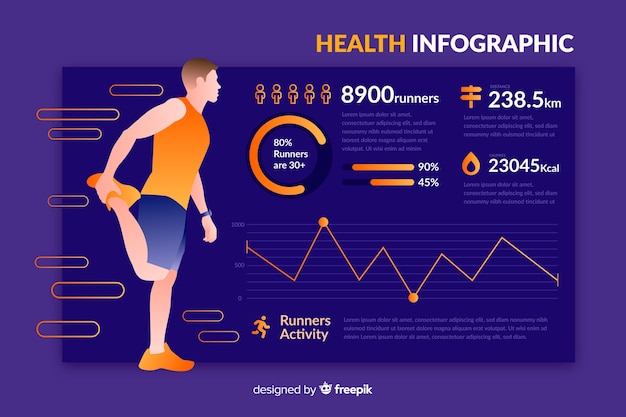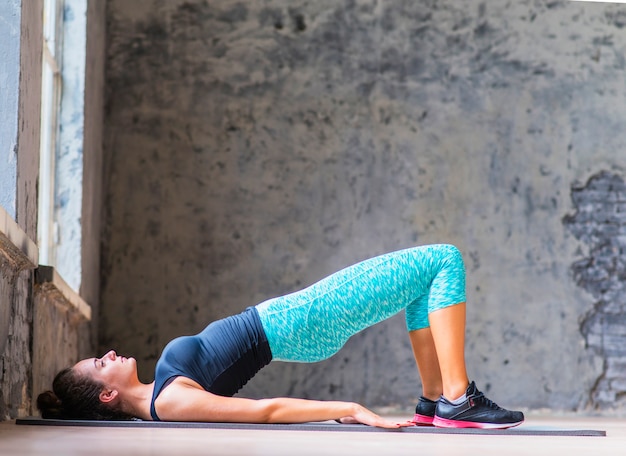Poor posture isn’t just about slouching at your desk—it can affect your entire body, especially when you run. Rounded shoulders, a forward head, and a weak core can lead to inefficient movement, discomfort, and even injury. The good news? Running, when done with intention, can actually help correct posture over time. With the right plan, tracking methods, and motivation, you can transform your running into a powerful tool for better alignment and long-term physical health.
Before you lace up, take a moment to assess your posture. Stand tall with feet hip-width apart. Imagine a string pulling the crown of your head toward the ceiling. Your shoulders should be relaxed and pulled slightly back, chin parallel to the ground, and core gently engaged.
During your run, perform posture checks every 5–10 minutes. Are your shoulders creeping up toward your ears? Is your head jutting forward? Correct it immediately. This mindful awareness builds neuromuscular habits that support better alignment.

Add dynamic drills to your warm-up routine to activate the right muscles. High knees, butt kicks, and A-skips not only prepare your body for running but also promote upright posture and proper form.
Include wall drills: Stand with your back against a wall, heels 4–6 inches away. Press your lower back, upper back, and head gently into the wall. Hold for 30 seconds to retrain spinal alignment. Do this before and after runs to reinforce proper posture.
A strong core is the foundation of good posture. Weak abdominal and back muscles lead to slouching and inefficient running mechanics. Integrate core exercises 2–3 times per week: planks, bird-dogs, dead bugs, and glute bridges.
Glute activation is equally important. Weak glutes force other muscles to overcompensate, leading to poor pelvic alignment. Add clamshells, fire hydrants, and banded walks to your routine to fire up these critical stabilizers.

Focus on these key form cues during every run:
Use video analysis occasionally—record yourself running from the side and behind—to spot form issues.
Tracking keeps you accountable and shows improvement over time. Use these methods:
Motivation fades—cues keep you going. Create personalized reminders:
Celebrate small wins—like completing a week of daily posture checks or running a mile with consistent form.

Tight hip flexors, chest, and hamstrings pull your body out of alignment. Dedicate 10–15 minutes post-run to mobility:
Consistent mobility work complements your running and accelerates posture correction.
Fixing posture isn’t an overnight fix—it’s a journey that blends awareness, strength, and consistency. By integrating these seven strategies into your running plan, you’re not just becoming a better runner; you’re building a stronger, more resilient body for life.
Start small. Track your progress. Stay motivated. And with every stride, stand a little taller—literally.

Fitness

Fitness

Fitness

Fitness

Fitness

Wellness

Wellness

Fitness

Fitness

Fitness

Fitness

Fitness

Health

Fitness

Health

Health